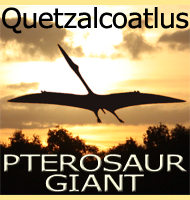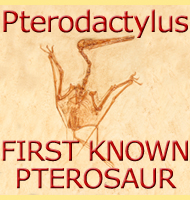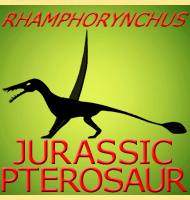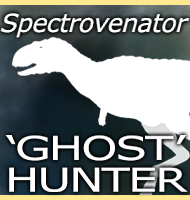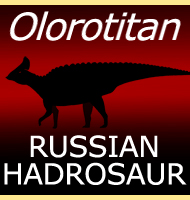


Samrukia
Name: Samrukia
(After the Samruk, a magical bird in Kazakh folklore).
Phonetic: Sam-ru-ke-ah.
Named By: Darren Naish, Gareth Dyke, Andrea
Cau, Fran�ois Escuilli� & Pascal Godefroit - 2012.
Classification: Chordata, Reptilia,
Pterosauria, Pterodactyloidea.
Species: S. nessovi (type).
Diet: Uncertain.
Size: Unknown due to lack of remains.
Known locations: Kazakhstan - Bostobynskaya
Formation.
Time period: Santonian/Campanian of the Cretaceous.
Fossil representation: Lower jaw.
Samrukia
is a genus that illustrated the dangers of naming prehistoric creatures
by only partial remains. The original describers of Samrukia
(Naish
et al.) had a single jawbone that was first
thought to belong to an
ovirapotosaurian
theropod dinosaur, but then later thought to belong
to a bird. This raised a lot of eyebrows at the time because the jaw
was twice as long as that of an ostrich, so on the surface it seemed
that not only had the birds appeared relatively recently, but they
had already evolved into large bipedal forms similar to some later
forms such as the largest phorusrhacid
birds.
There
was however a fundamental flaw to the original describers methods of
identification. When comparing known features (autapomorphies) of
the original jaw bone, the original describers looked at birds, but
they did not look at pterosaurs,
the group of flying reptiles that
were common during the Mesozoic. This was pointed out by another
palaeontologist named Eric Buffetaut who insisted that the holotype
fossil of Samrukia belonged to a genus of
pterosaur. After this one
of the original describers Darren Naish has also agreed that the
holotype fossil belongs to a pterosaur, not a bird. At the time of
writing, Samrukia is more widely believed to have
been a pterosaur,
not a bird.
The
pterosaurs were still quite common during the late Cretaceous with the
known species of birds from that time being no threat to their
dominance of the skies. Samrukia is considered to
have been a
pterodactyloid pterosaur which can be loosely described as an advanced
form that first began to appear at the end of the Jurassic period.
Unfortunately not much more can be said about the genus because it is
still only known by a lower jaw. The lack of teeth also confuse
things further because a toothless beak can be used for a variety of
feeding methods from fish to small animals to perhaps even fruit.
This is actually a common problem in understanding pterosaurs since
as the Cretaceous period went on, more and more toothless forms began
to appear, and so far only a few well known genera such as Pteranodon
have had their diets firmly established.
Further reading
- Samrukia nessovi, from the Late Cretaceous of
Kazakhstan: A
large pterosaur, not a giant bird - E. Buffetaut - 2011.
- A gigantic bird from the Upper Cretaceous of Central Asia -
Darren Naish, Gareth Dyke, Andrea Cau, Fran�ois Escuilli�
& Pascal Godefroit - 2012.
----------------------------------------------------------------------------
Random favourites
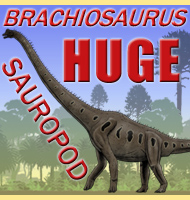 |
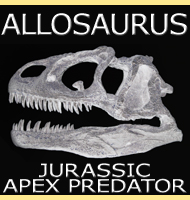 |
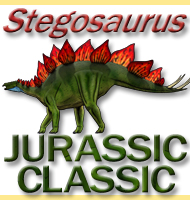 |
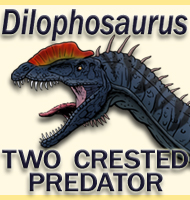 |
